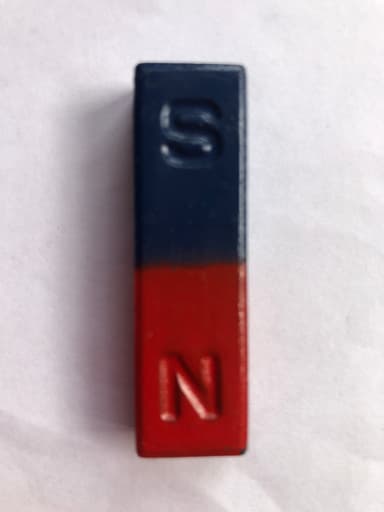Uses of everyday materials
I can use test results to explain some uses of everyday materials.
Uses of everyday materials
I can use test results to explain some uses of everyday materials.
These resources will be removed by end of Summer Term 2025.
Switch to our new teaching resources now - designed by teachers and leading subject experts, and tested in classrooms.
These resources were created for remote use during the pandemic and are not designed for classroom teaching.
Lesson details
Key learning points
- The physical properties of a material are the features that can be observed or measured.
- The results of investigations enable us to explain why materials are suitable for particular uses.
- Some materials come in different types which have different properties.
- Scientists and engineers choose materials for different uses based on their physical properties.
Keywords
Physical properties - The physical properties of a material are the features that can be observed or measured.
Material - A material is the substance that objects are made from such as wood, metal or plastic.
Results - The result of a test or enquiry is what happened or what was found out.
Suitable - If something or someone is suitable, it has properties which are right or acceptable for it.
Common misconception
All materials of a given type, such as wood, metal and plastic have the same properties.
Children will consider examples of different objects made from different types of wood, metal and plastic to promote discussion of the properties of materials.
To help you plan your year 5 science lesson on: Uses of everyday materials, download all teaching resources for free and adapt to suit your pupils' needs...
To help you plan your year 5 science lesson on: Uses of everyday materials, download all teaching resources for free and adapt to suit your pupils' needs.
The starter quiz will activate and check your pupils' prior knowledge, with versions available both with and without answers in PDF format.
We use learning cycles to break down learning into key concepts or ideas linked to the learning outcome. Each learning cycle features explanations with checks for understanding and practice tasks with feedback. All of this is found in our slide decks, ready for you to download and edit. The practice tasks are also available as printable worksheets and some lessons have additional materials with extra material you might need for teaching the lesson.
The assessment exit quiz will test your pupils' understanding of the key learning points.
Our video is a tool for planning, showing how other teachers might teach the lesson, offering helpful tips, modelled explanations and inspiration for your own delivery in the classroom. Plus, you can set it as homework or revision for pupils and keep their learning on track by sharing an online pupil version of this lesson.
Explore more key stage 2 science lessons from the Properties, changes and separating materials unit, dive into the full primary science curriculum, or learn more about lesson planning.

Equipment
Results of investigations from previous lesson. Alternatively, sample results are provided in the additional materials document.
Licence
Prior knowledge starter quiz
6 Questions
glass, plastic, stone and wood
pencils, beds, walls and chairs



Assessment exit quiz
6 Questions

test the properties of materials
choose materials based on their properties


